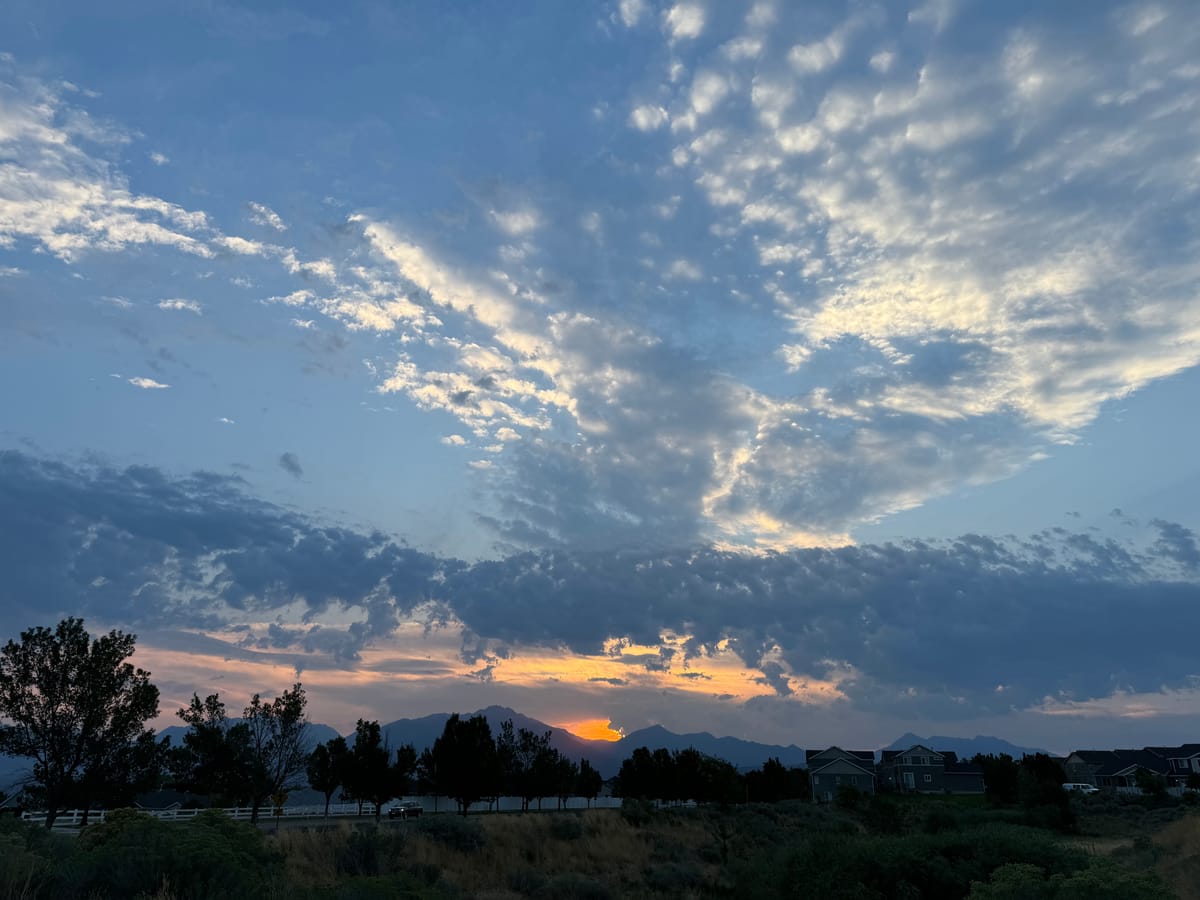What is a Musical Sentence?

When I changed teachers at age 13 I went to a professor at the University of Utah, Dr. Bonnie Gritton. One of the first things I learned from her was the concept of a 'musical sentence'. She taught that a phrase is not defined by a slur mark but by a sequence of notes that make sense together, ending in a cadence that acts as musical punctuation, it is a musical sentence. Bonnie taught me how to number every phrase in each of my classical pieces. She explained the process, did it with me, and eventually sent me home to do it on my own.
So what is a 'phrase' in music anyway? This was one of the first questions I remember Bonnie asking me. I ask my students this same question, hopefully regularly enough that they can answer correctly:
"A phrase is a musical sentence"
Sometimes it is also called "a musical thought". A phrase is not a slur, though sometimes a slur will align with a phrase.
Identifying and numbering phrases is an essential part of understanding and practicing a piece of music.
How can I identify a phrase?
(examples below)
- One of the best ways is to sing the melody, when you feel a natural break or think that a vocalist might take a breath you might be at the end of the phrase.
- Look for about 2-6 measure phrases, but usually phrases will be 4 measures long. I prefer to number from '1' to as high as needed, placing the number above the staff at the first beat of the phrase, and circling the number.
- Look for cadences, this will signal the end of a phrase. Look for a I chord or a V chord in most cases.
- Look for question and answer phrases, two phrases that go together, sometimes called antecedent and consequent phrases. These can be numbered separately.
- Use your ear! If it sounds like a new thought, or 'musical sentence', has started then it is a good spot for a new phrase number.
- If passages are particularly long and complicated the phrases could be numbered as 5A & 5B, for example. This could help with practicing purposes.
- Use pencil! You may want to change them as you learn more about the piece.
Why number phrases? Numbering phrases is...
- ...helpful in determining how to create a beautiful shape and image with dynamics and tone. The peak of the phrase is easier to find when you know where the phrase begins and ends.
- ...useful for identifying phrases that are similar to each other, or for comparing differences.
- ...useful for certain types of practicing such as repetition, add-on, chain-linking, etc. See my practicing post for more ideas.
- ...useful for memorization. I was required to memorize as I learned, so having numbered phrases, or what we called 'starting spots' gave me a road-map to memorize effectively. More about starting spots in a future post.
- ...helpful for understanding the form of a piece and the function of it's smaller parts. It is important to know the function of every part of a piece, so breaking it down into smaller elements is part of the process. Motifs and musical ideas will more easily be identifiable.
Examples:
Solfeggietto by CPE Bach: 2 measure phrases. Compare phrase 1 & 2: they are the same notes but are one octave apart. Phrase 1 & 5 are similar but start on a different note, what chord is being arpeggiated? This might help with memorization.
Sonatina Op. 36, No.3 by Muzio Clementi: 4 measure phrases. It will be easy to mark cadences at the ends of these phrases, which will help the teacher and student decide how to shape the phrase and understand the direction of the piece.


examples obtained from imslp.org
Conclusion
If you truly want to know the piece of music you are learning you have to take it apart and get to know it on a deeper level. The most basic way to do this is by identifying and labeling the musical sentences or phrases through the whole piece. Knowing the phrases will help you decide dynamics and imagery, help you with memorization by creating 'starting spots', create manageable 'chunks' to practice, and create a deeper understanding of the piece overall.
Happy music making!
